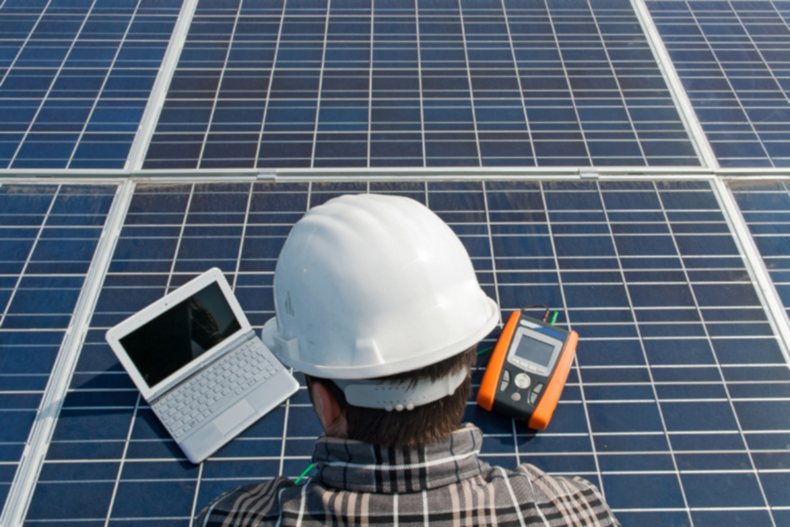
Many people believe solar and wind are new energy sources. In fact, they are two of our oldest. The predecessor to Stanford University Professor Mark Jacobson, who advocates “100 percent renewables,” is a man named John Etzler. In 1833, Etzler proposed to build massive solar power plants that used mirrors to concentrate sunlight on boilers, mile-long wind farms, and new dams to store power. Even electricity-generating solar panels and wind turbines are old. Both date back to the late 1800s. Media reported throughout the 20th Century that solar, wind, and batteries were close to a breakthrough that would allow them to power all of civilization.
Here are some headlines from The New York Times and other major newspapers regarding renewable energy:
1891: "Solar Energy: What the Sun's Rays Can Do and May Yet Be Able to Do" — The author notes that while solar energy was not yet economical "…the day is not unlikely to arrive before long…"
1923: “World Awaits Big Invention to Meet Needs of Masses “...solar energy may be developed… or tidal energy… or solar energy through the production of fuel.”
1931: “Use of Solar Energy Near a Solution.” “Improved Device Held to Rival Hydroelectric Production”
1934: “After Coal, The Sun” “...surfaces of copper oxide already available”
1935: “New Solar Engine Gives Cheap Power”
1939. “M.I.T. Will 'Store' Heat of the Sun”
1948: “Changing Solar Energy into Fuel “Blocked Out” in GM Laboratory" "...the most difficult part of the problem is over…”
1949: “The U.S. Seeks to Harness Sun, May Ask Big Fund, Krug Says”
Newspaper reporters were nearly as enthusiastic about renewables in the 1930s as they are today.
“It is just possible the world is standing at a turning point,” a New York Times reporter gushed in 1931, “in the evolution of civilization similar to that which followed the invention by James Watt of the steam engine.”
Decade after decade, scientists and journalists re-discovered how much solar energy fell upon the earth.
“Even on such an area as small as Manhattan Island the noontime heat is enough, could it be utilized to drive all the steam engines in the world,” The Washington Star reported in 1891.
Progress in chemistry and materials sciences was hyped. “Silver Selenide is Key Substance,” The New York Times assured readers.
In 1948, Interior Secretary Krug called for a clean energy moonshot consisting of “hundreds of millions” for solar energy, pointing to its “tremendous potential.”
R&D subsidies for solar began shortly after and solar and wind production subsidies began in earnest in the 1970s.
Solar and wind subsidies increased substantially, and were increased in 2005 and again in 2009 on the basis of a breakthrough being just around the corner.
By 2016, renewables were receiving 94 times more in U.S. subsidies than nuclear and 46 times more than fossil fuels per unit of energy generated.
According to Bloomberg New Energy Finance (BNEF), public and private actors spent $1.1 trillion on solar and over $900 billion on wind between 2007 and 2016. Global investment in solar and wind hovered at around $300 billion per year between 2010 and 2016.
If you want to move into the future and join the solar revolution, or if you want to find out what solar panels are right for you, go to HahaSmart.com and try our price checker tool. You can see how much a system will cost, and how much you can save over the next 20 years.
For more information relating to going solar, don't forget to visit our solar blog section for more handy guides and articles.


Input your address to see if it is solar friendly and how much you can save with solar.
Great. Your address is perfect for solar. Solar incentive is still available. Select monthly utility cost and calculate the size of solar system you will need now.
| kw System size | years Payback period | Lifetime savings |
No money down, 100% finance is available.
|
|
Looking for certified solar installers? Sign up now and we will find them for you. |
Comments